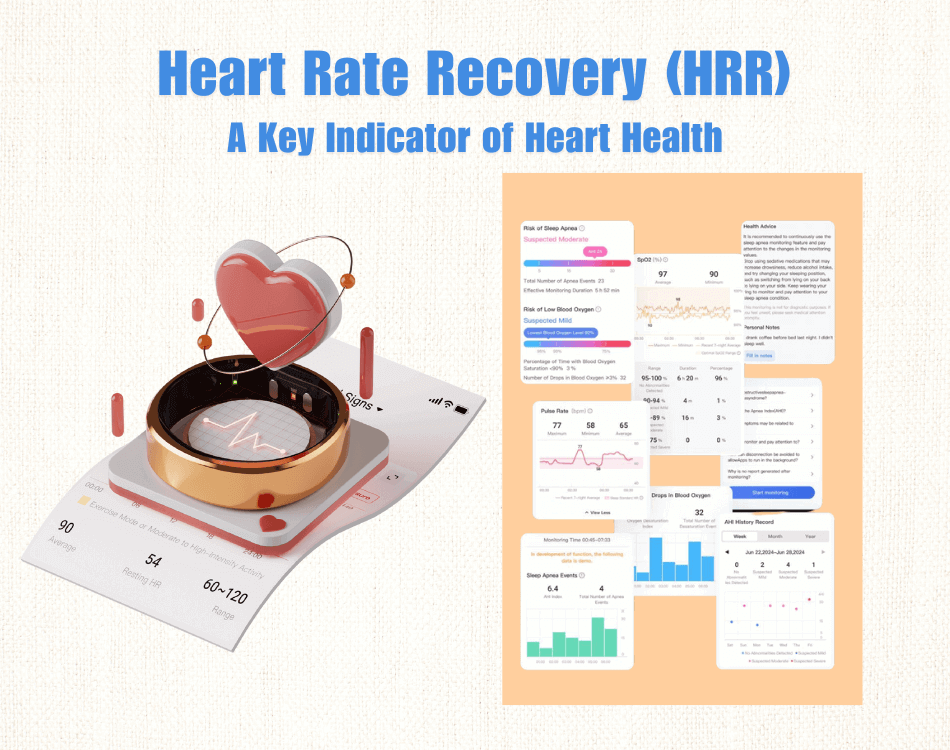Unlocking Your Body's Secrets: The Ultimate Guide to Cardio Recovery After Exercise!
Cardio recovery is a crucial component of any fitness journey, yet it often goes overlooked. Proper recovery not only enhances athletic performance but also plays a significant role in preventing injuries, allowing you to push your limits safely. After an intense session of running, cycling, or any cardiovascular workout, your body needs time to recuperate, rebuild, and come back stronger. In this article, we will explore the intricacies of cardio recovery, including effective techniques, the numerous benefits it offers, and how long the recovery process typically takes. Whether you're a seasoned athlete or a beginner, understanding the importance of recovery can elevate your fitness game.

Understanding Cardio Recovery
Cardio recovery refers to the physiological processes that occur in your body after engaging in cardiovascular exercise. It involves the time and methods used to help your body return to its resting state, repair muscle tissue, and replenish energy stores. When you perform cardio exercises, your heart rate elevates, your muscles become fatigued, and your body depletes its glycogen reserves. During the recovery phase, your body works to repair the micro-tears in muscle fibers, restore electrolyte balance, and clear out metabolic waste products such as lactic acid. This recovery phase is vital for long-term fitness success, as it directly influences your performance in subsequent workouts. A friend of mine, who recently trained for a marathon, shared how integrating structured recovery into his routine improved his endurance significantly and helped him avoid burnout.
Techniques for Effective Cardio Recovery
There are several techniques that can facilitate cardio recovery, each playing a unique role in supporting your body’s healing process.
Active Recovery
Active recovery involves engaging in low-intensity activities that promote blood flow without placing additional stress on the body. This could include walking, gentle cycling, or swimming at a leisurely pace. These activities help to flush out toxins, reduce muscle soreness, and enhance circulation, which can expedite recovery. For instance, after a high-intensity interval training (HIIT) session, I often take a brisk 20-minute walk, which helps keep my muscles engaged without overexerting them.
Stretching and Flexibility Exercises
Stretching post-exercise is essential to enhance flexibility and reduce tension in your muscles. Incorporating a combination of static and dynamic stretches can help lengthen tight muscles and improve range of motion. Effective post-exercise stretches include hamstring stretches, quadriceps stretches, and hip flexor stretches. A friend of mine, who practices yoga regularly, swears by the benefits of stretching; she claims it not only aids recovery but also enhances her overall performance.
Hydration and Nutrition
Proper hydration and nutrition are cornerstones of effective recovery. After cardio workouts, replenishing fluids lost through sweat is crucial. Aim to drink water or electrolyte-rich beverages to restore hydration levels. Nutrition-wise, focus on consuming a balanced meal that includes carbohydrates to replenish glycogen stores, protein to aid muscle repair, and healthy fats. A post-workout smoothie with fruits, spinach, and protein powder has become a staple for many of my friends; it’s both delicious and effective for recovery.
Rest and Sleep
Rest and quality sleep are non-negotiable aspects of recovery. Sleep is when your body repairs itself, and inadequate rest can lead to increased fatigue and a higher risk of injuries. Aim for 7-9 hours of quality sleep each night to allow your muscles and mind to recover fully. I’ve noticed that when I prioritize sleep after intense workouts, my energy levels and performance improve significantly during my subsequent training sessions.
Benefits of Cardio Recovery
Incorporating cardio recovery techniques into your fitness routine offers a plethora of benefits. Firstly, it can significantly improve overall workout performance by allowing your body to recover optimally, which leads to better endurance and strength over time. Secondly, a well-structured recovery plan helps reduce the risk of injuries by providing your muscles and joints with the necessary time to heal. Additionally, recovery plays a crucial role in mental well-being; it can reduce stress and enhance mood, making your fitness journey more enjoyable. Many of my friends have reported that taking recovery seriously has not only improved their physical health but also their mental resilience, enabling them to tackle challenges with a positive mindset.
Duration of Cardio Recovery
The duration of cardio recovery can vary greatly based on several factors, including the intensity of the workout, individual fitness levels, and personal recovery methods. Generally, light to moderate cardio workouts may require only a few hours to a day for recovery, while high-intensity or long-duration sessions might necessitate 48 to 72 hours. Factors such as age, nutrition, sleep quality, and stress levels can also influence recovery time. Listening to your body is key; if you’re feeling fatigued or sore, it may be a sign that you need additional recovery time before engaging in intense workouts again.
Essential Insights on Cardio Recovery
In summary, cardio recovery is an essential aspect of any fitness routine, significantly impacting performance and overall health. By incorporating techniques such as active recovery, stretching, proper hydration and nutrition, and prioritizing rest, you can enhance your recovery process. Remember, recovery is not a sign of weakness; it’s a vital part of your journey toward achieving your fitness goals. Whether you're training for a marathon or simply aiming to stay fit, make the commitment to prioritize recovery as part of your workout regimen. Your body will thank you for it!








